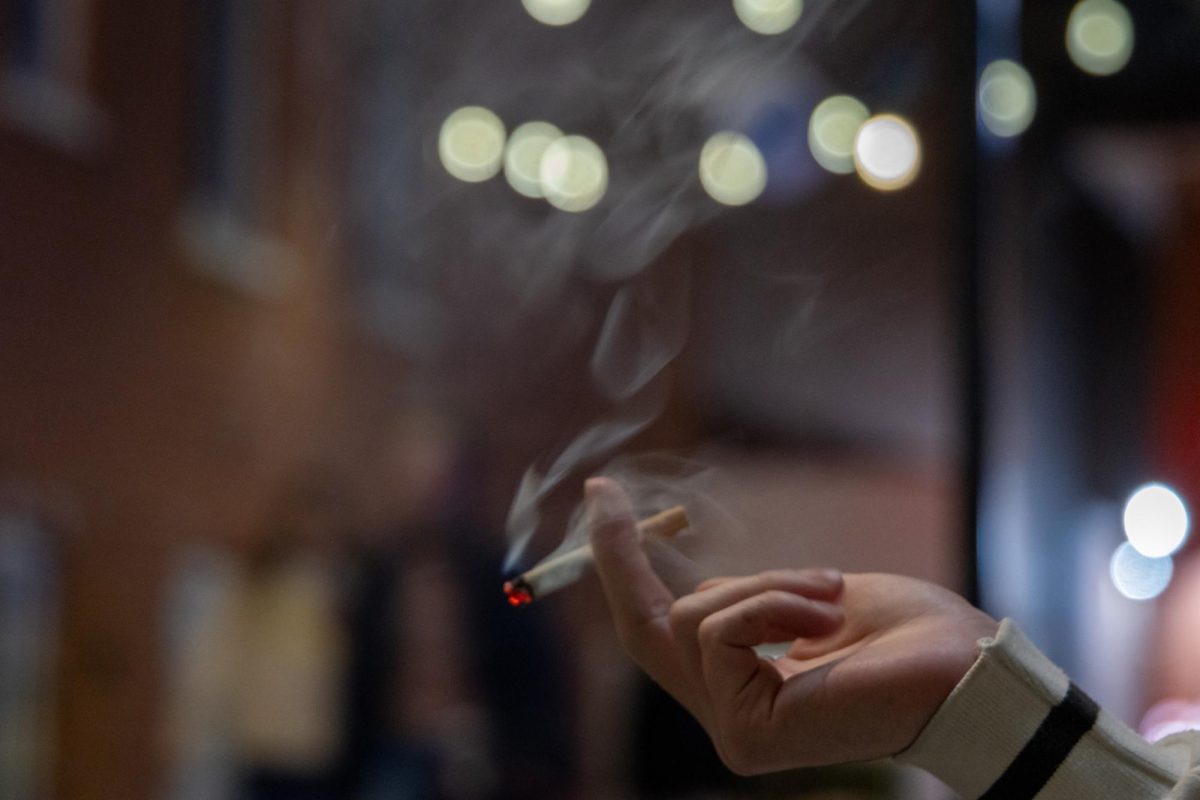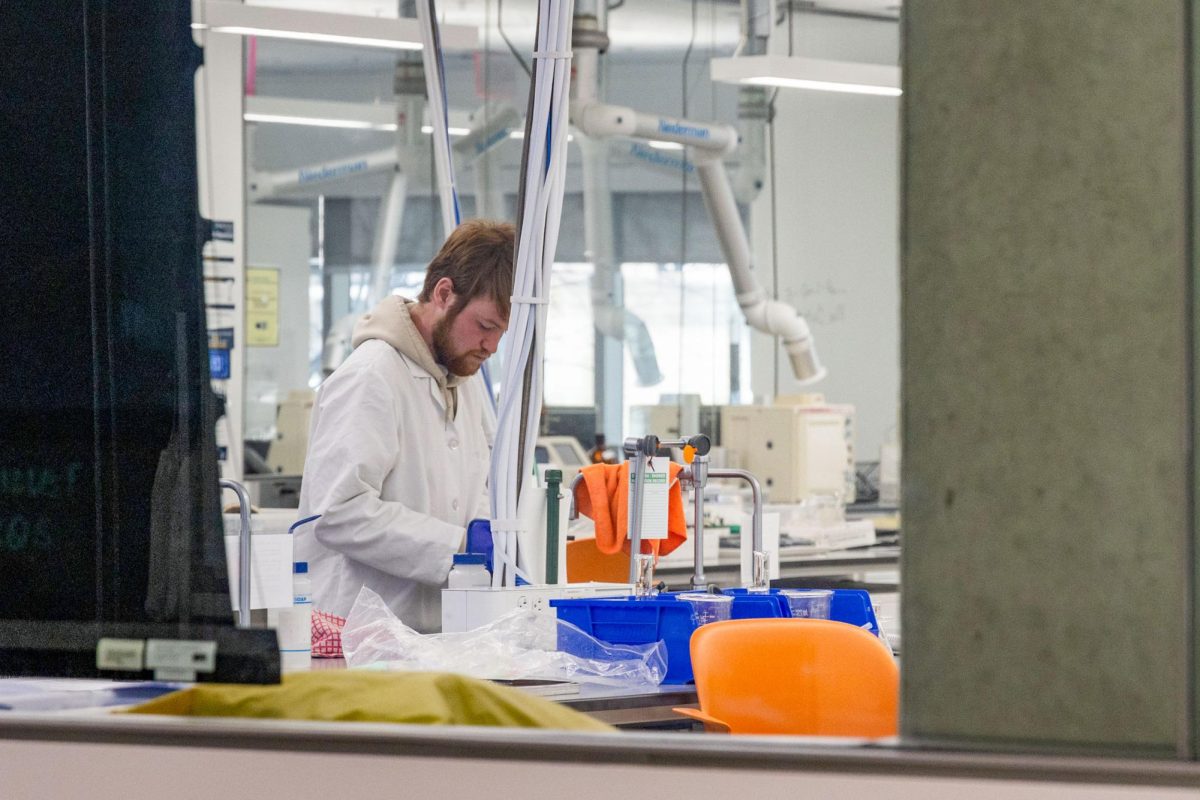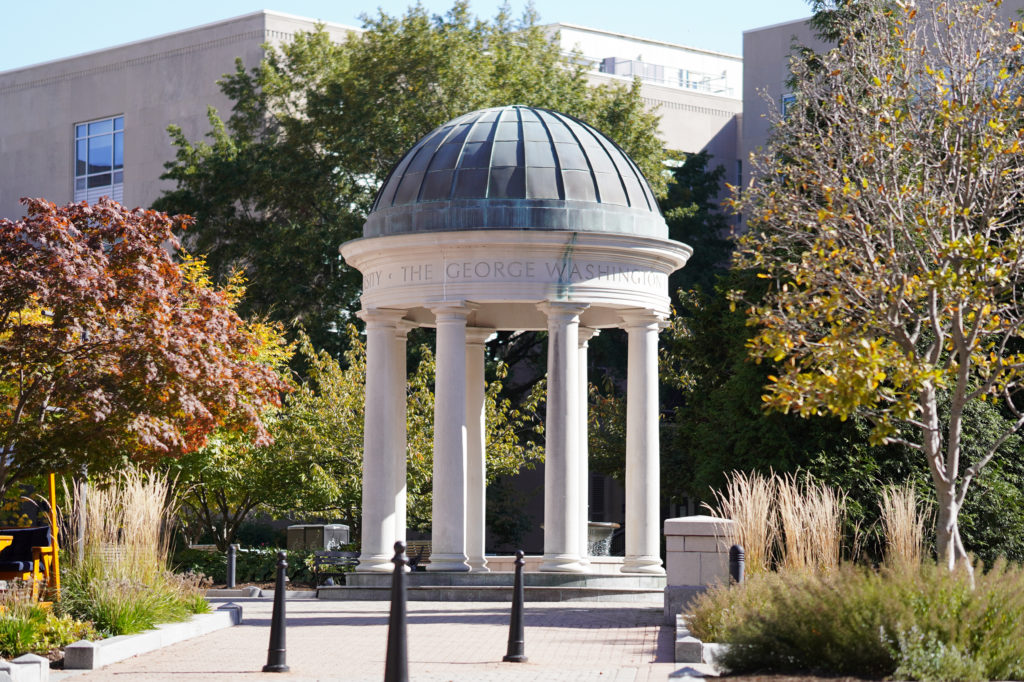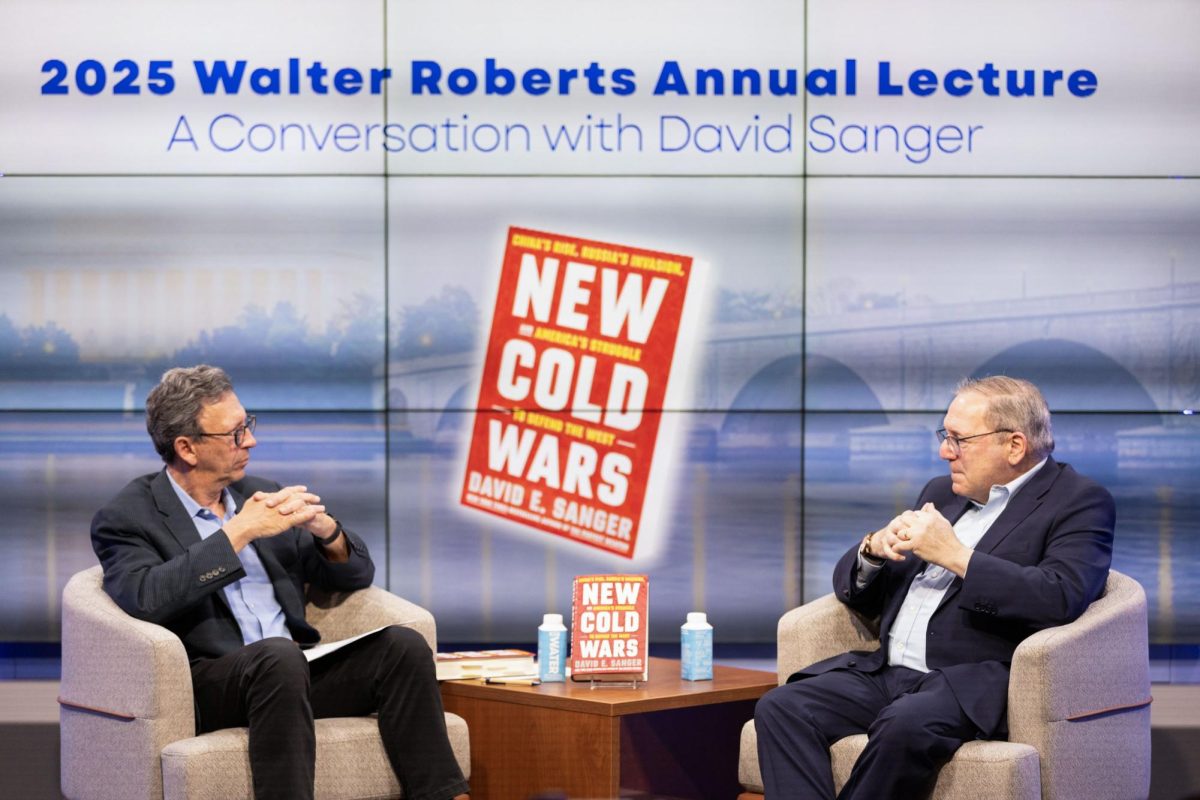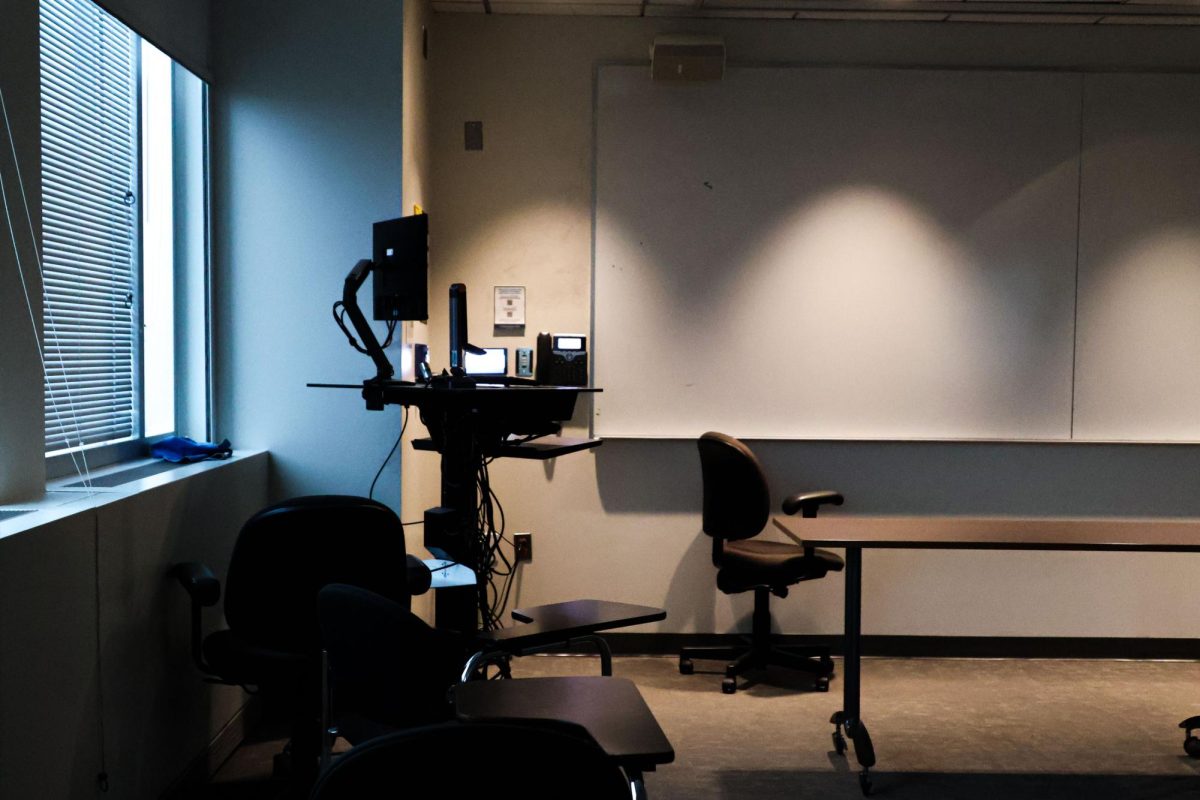The National Institutes of Health awarded a public health professor a grant earlier this month to conduct an intervention project to analyze the health of youth in communities with high gun violence rates in D.C.
Mark Edberg, the principal investigator on the project, said the program is a collaboration with D.C. community groups and offices focused on ending gun violence including the DC Housing Authority, the Office on Gun Violence Prevention, the D.C. Attorney General and others. He said the program will assess how high levels of gun violence disproportionately affect youth in communities that face high levels of poverty, structural racism and discrimination.
The number of crimes involving guns rose in D.C. during the first six months of 2022 by 221 compared to numbers from the same time last year, according to Metropolitan Police Department data.
Edberg, a professor in the department of community health and prevention in the Milken Institute School of Public Health, said measuring how youth in the community perceive the people who commit violence will allow researchers to analyze who teenagers choose to look up to in their community that experience high levels of gun violence.
“This is where we start connecting those factors of long-term poverty, structural racism, discrimination and so on and so forth,” Edberg said. “What we are doing is somewhat unusual, because we are connecting communities that have experienced those things over generations, with the adolescent identity development process.”
Edberg said the qualifications of the grant are based on President Joe Biden’s Violence Prevention Initiative strategy – introduced in 2021 to control the number of illegal firearms entering communities and investing in community intervention programs – but the NIH delivered the grant. He said the NIH awarded three research grants for gun violence intervention at universities around the country and a coordinating center at the University of Michigan, which is partnering with GW.
Edberg said data sample collections will rely on surveying changes in attitudes to violence and trends in self-reported involvement in violence. He said his team will also track changes in identity development among adolescents, like shifts in self-worth or perceived potential for success and provide after-school mentoring programs to “connect” kids with career paths that don’t involve violence.
“There’s a lot of data out there showing that this spike in violence, not only in D.C., but in other urban areas, has really been accentuated by COVID,” Edberg said.
Joseph Richardson, a University of Maryland professor of African American studies and anthropology and gun violence prevention researcher, said researchers should embrace the perspectives of people from communities with high rates of gun violence, especially because they can inform which violence intervention programs are most successful.
Richardson said neighborhoods disproportionately impacted by structural violence like high levels of racism by systematic inequality, poverty and a lack of resources, like medical deserts and underfunded schools, are more likely to experience higher rates of gun violence. He said increasing resources like funding or better access to food can improve schools, which lowers dropout rates and leads to a lower chance of someone ending up in the criminal justice system.
“We can’t talk about gun violence without talking about structural violence,” Richardson said.
He said studies have found that children who live within four to five blocks from where shootings occur are more likely to be treated at an emergency department for mental health problems within two weeks of the shooting from the trauma associated with gun violence. Richardson said untreated mental health struggles related to gun violence trauma can “manifest” themselves through high-risk behaviors in adulthood.
“If you’re doing a process evaluation, you can understand how programs are operating in real time and what are the processes that programs need to uplift in order to prevent gun violence,” Richardson said. “Ultimately, you need to engage in evaluative work to know what’s working and what doesn’t so you’re able to shift your resources to focus on what works and then you can reallocate your resources from approaches that are not working.”
Michael Siegel, a professor of public health at Tufts University, said state governments should implement gun violence prevention research and intervention centers in academic systems to combat gun violence. He said youth growing up in areas with high levels of gun violence develop traumatic childhood experiences without the emotional toll of losing someone the child cares about.
“Even if you’re not personally affected by it, even just living in a neighborhood with a high level of gun violence has a tremendous negative impact on people’s lives and mental health,” Siegel said.
Siegel said firearm homicide rates are typically higher in communities facing high levels of racial disparities and that numbers vary from state-to-state. He said community intervention is the best way to combat high gun violence rates so utilizing people from those communities to implement intervention programs is the most effective.
“If you can directly impact those neighborhoods, you can have the greatest impact to reducing gun violence,” Siegel said.



